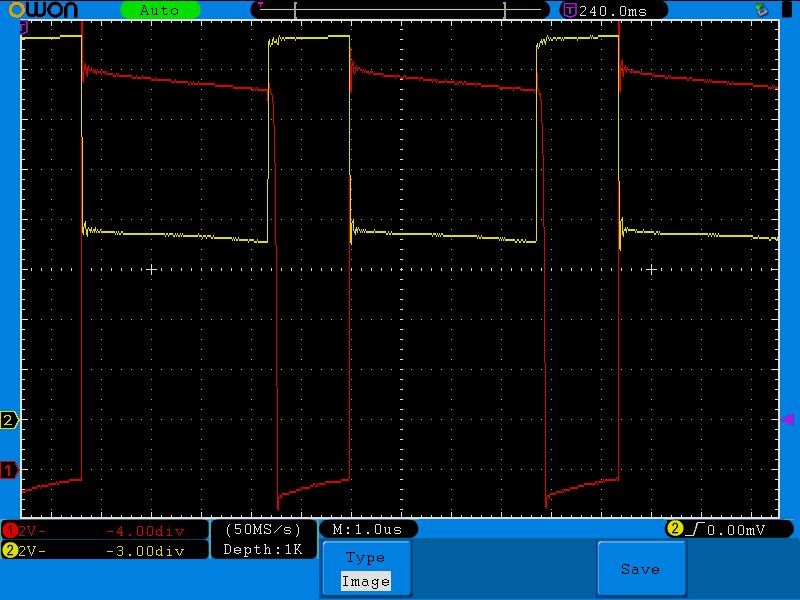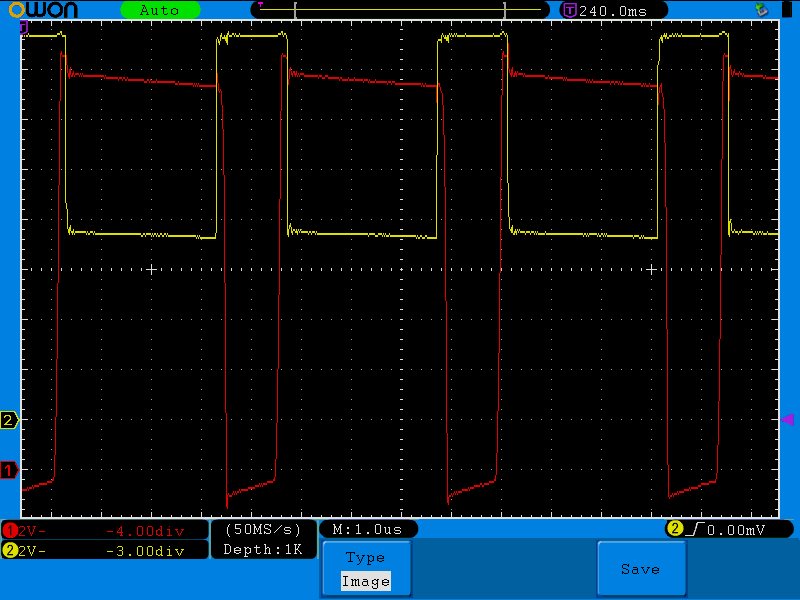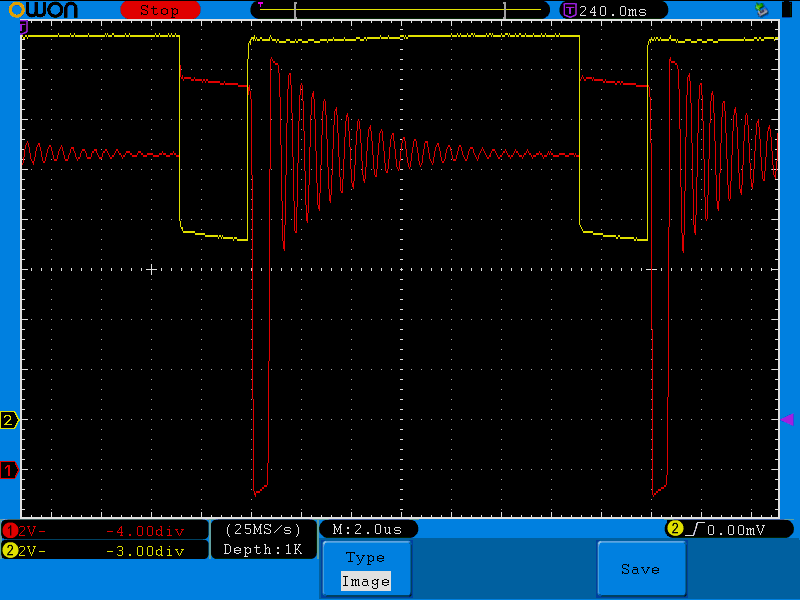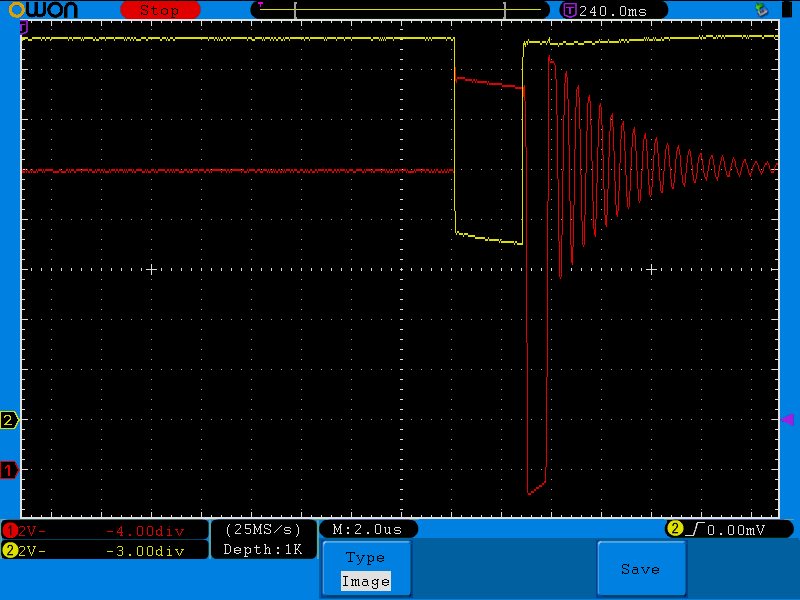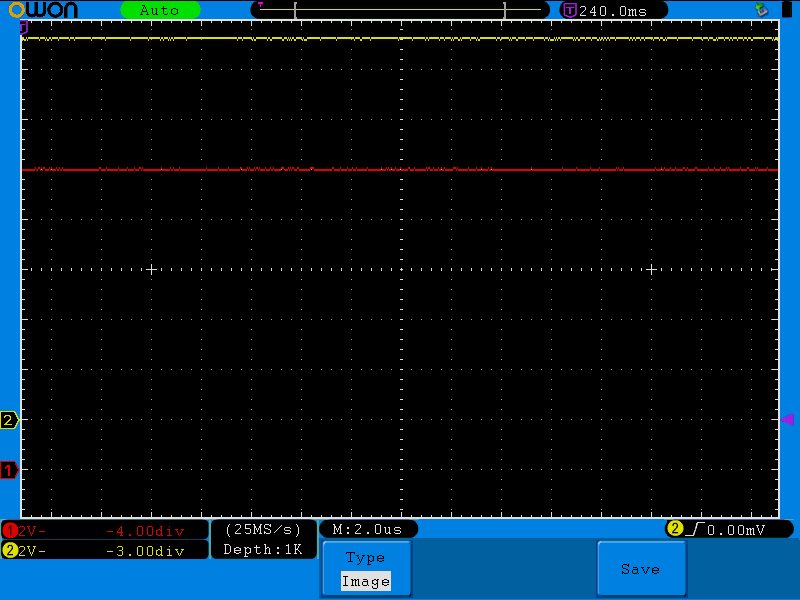Greetings,
Here's the design with LM25085 regulator designed for a max of 8A Iout at 12V Vout from a pack of 4s Li-Ion batteries. Now we're testing with a power supply set at 16V and current limit of 5A. When connected to a 3Ohm load the Vout droops from 12V to 10.9V and the power supply is only supplying 2.8 A, below its limit of 5A.
Here's the schematic
And here's the layout
In all the copper pours where there is a via, there is the same copper pour on the bottom layer in this 2 layer 1.6mm PCB. I've put in dots of color to give reference to the nets. Purple is GND, Orange is Vin, Blue is Vout, light green is the net connected to PMOS drain.
In terms of the temperature, the L1 inductor is about 48 C, C9 is 55 C, U2 is 44 C, Q3 is 46 C, C5 is 38 C when running for 15 min driving a 3 Ohm load. Is it throttling because of the heat?
One thought is to increase the Radj from 2.7k (R12) to say 5k to reduce the current limiting. Is this the reason for the Vout drooping? Q3 MOSFET's Ron is at most 17 mOhm, so as per the calculation as per the datasheet, the current limit shouldn't be hit.
Please let us know your thoughts and also any ways to improve the layout.
Thanks, Prithvi




